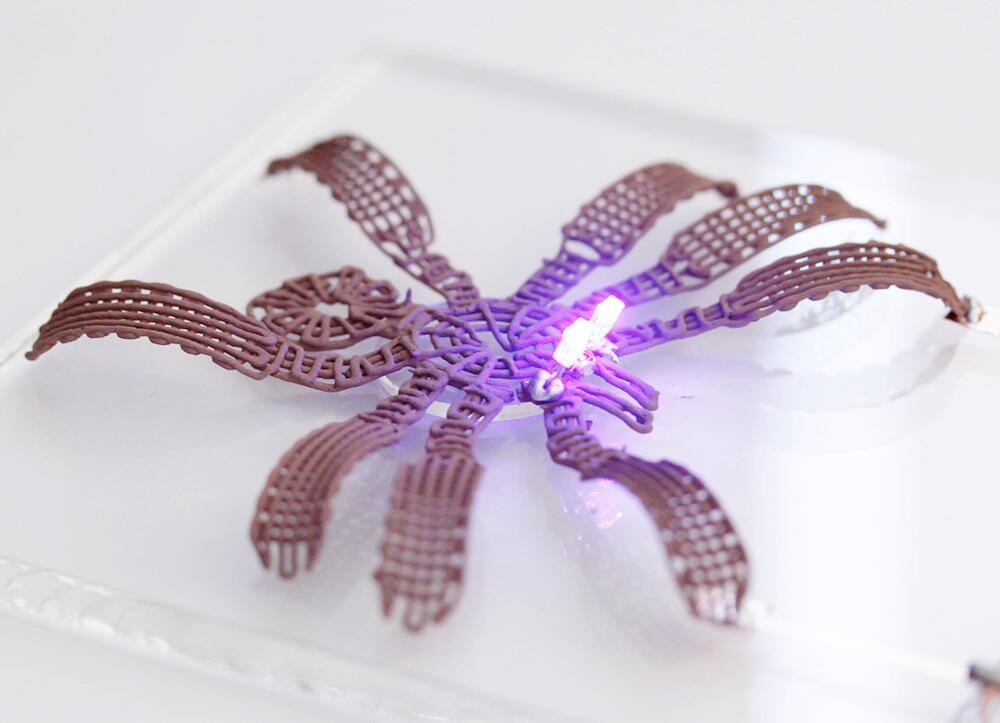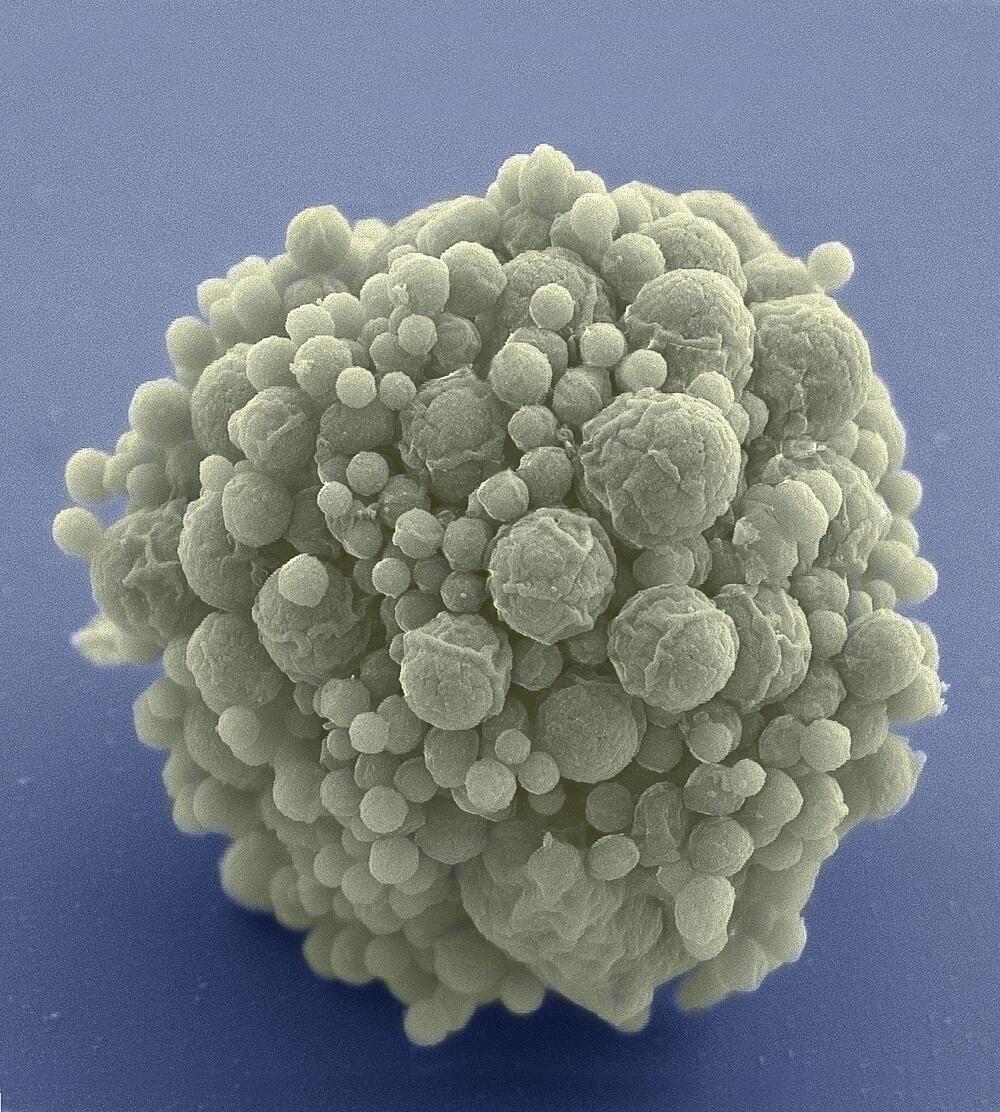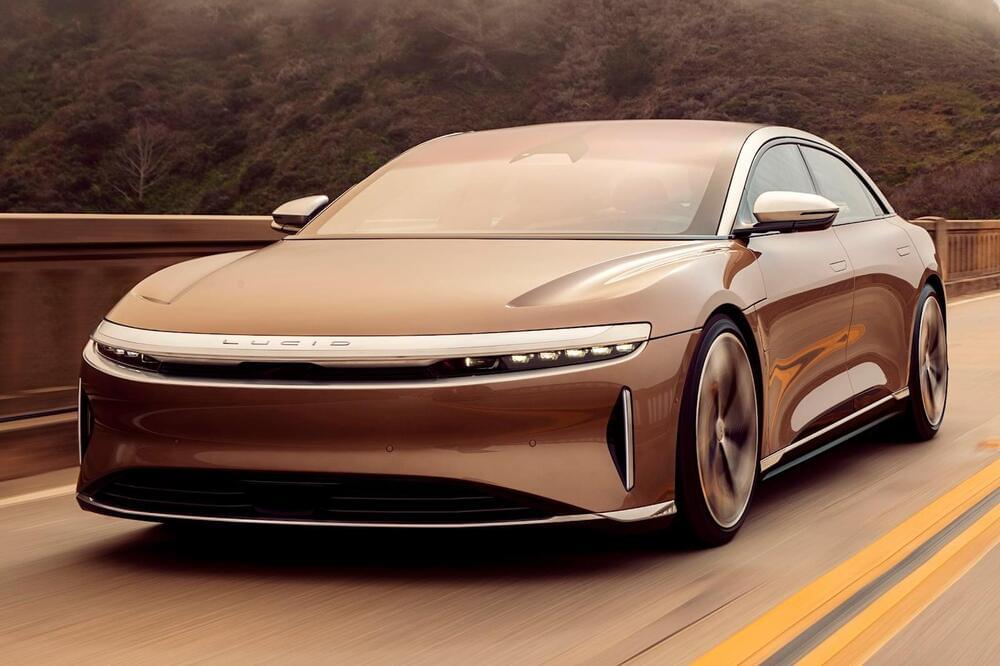These days, I’m especially interested in topics related to decentralized science / experimentation and human coordination.


When you turn on a lamp to brighten a room, you are experiencing light energy transmitted as photons, which are small, discrete quantum packets of energy.
These photons must obey the sometimes strange laws of quantum mechanics, which, for instance, dictate that photons are indivisible, but at the same time, allow a photon to be in two places at once.
Similar to the photons that make up beams of light, indivisible quantum particles called phonons make up a beam of sound. These particles emerge from the collective motion of quadrillions of atoms, much as a “stadium wave” in a sports arena is due to the motion of thousands of individual fans. When you listen to a song, you’re hearing a stream of these very small quantum particles.

New research published in Scientific Reports suggests that microbes in the human gut and mouth can impact how long people live [1].
Bacteria and other microbes are often associated with diseases, but disease-causing microbes are only a minority. The majority of microbes are harmless or beneficial to humans, and we have millions of them living inside and outside us. Researchers refer to this community as the microbiota.
In previous research, scientists had noticed an association between microbiota and longevity [2]. However, the association between two things does not necessarily mean that one is causing the other. Therefore, in this new paper, researchers explored potential causal relationships between gut and mouth microbes’ composition and longevity in order to determine what compositions of microbiota result in increases or decreases in lifespan.

Using nanostructured glass, scientists from the University of Southampton’s Optoelectronics Research Centre (ORC) have developed the recording and retrieval processes of five dimensional (5D) digital data by femtosecond laser writing.
The storage allows unprecedented properties including 360 TB/disc data capacity, thermal stability up to 1,000°C and virtually unlimited lifetime at room temperature (13.8 billion years at 190°C) opening a new era of eternal data archiving. [source].

Researchers have developed a metallic gel that is highly electrically conductive and can be used to print three-dimensional (3D) solid objects at room temperature. The paper, “Metallic Gels for Conductive 3D and 4D Printing,” has been published in the journal Matter.
“3D printing has revolutionized manufacturing, but we’re not aware of previous technologies that allowed you to print 3D metal objects at room temperature in a single step,” says Michael Dickey, co-corresponding author of a paper on the work and the Camille & Henry Dreyfus Professor of Chemical and Biomolecular Engineering at North Carolina State University. “This opens the door to manufacturing a wide range of electronic components and devices.”
To create the metallic gel, the researchers start with a solution of micron-scale copper particles suspended in water. The researchers then add a small amount of an indium-gallium alloy that is liquid metal at room temperature. The resulting mixture is then stirred together.

Evolutionary biologist Jay T. Lennon’s research team has been studying a synthetically constructed minimal cell that has been stripped of all but its essential genes. The team found that the streamlined cell can evolve just as fast as a normal cell—demonstrating the capacity for organisms to adapt, even with an unnatural genome that would seemingly provide little flexibility.
Details about the study can be found in a paper featured in Nature. Roy Z. Moger-Reischer, a Ph.D. student in the Lennon lab at the time of the study, is first author on the paper.
“Listen, if there’s one thing the history of evolution has taught us is that life will not be contained. Life breaks free. It expands to new territories, and it crashes through barriers painfully, maybe even dangerously, but… ife finds a way,” said Ian Malcolm, Jeff Goldblum’s character in Jurassic Park, the 1993 science fiction film about a park with living dinosaurs.

Lucid Motors is planning new, affordable models with which to take on the Tesla Model 3 and Model Y. The American automaker recently entered an agreement to supply Aston Martin with electric powertrain components, but company CEO Peter Rawlinson is already focused on what comes next. Speaking with Auto Express, Rawlinson shared some interesting tidbits about future models — including rivals to Tesla’s Model 3 and Model Y.
Once the all-new Gravity SUV arrives in the second half of 2025, Lucid intends to hit Tesla where it hurts. “After Gravity, we’re going to do Model 3 and Model Y competitors. We think around $50,000, maybe $48,000 — something like that. It’s too early to say, but that’s the vision.”
This would bring Lucid ownership within reach of customers who can’t afford the $87,500 required to purchase the Air luxury sedan. When questioned about manufacturing right-hand drive vehicles, Rawlinson said Lucid would love to cater to more markets but is currently focused on getting the Air Sapphire to market.

EPFL scientists show that even a few simple examples are enough for a quantum machine-learning model, the “quantum neural networks,” to learn and predict the behavior of quantum systems, bringing us closer to a new era of quantum computing.
Imagine a world where computers can unravel the mysteries of quantum mechanics, enabling us to study the behavior of complex materials or simulate the intricate dynamics of molecules with unprecedented accuracy.
Thanks to a pioneering study led by Professor Zoe Holmes and her team at EPFL, we are now closer to that becoming a reality. Working with researchers at Caltech, the Free University of Berlin, and the Los Alamos National Laboratory, they have found a new way to teach a quantum computer how to understand and predict the behavior of quantum systems. The research has been published in Nature Communications.

As Nvidia’s recent surge in market capitalization clearly demonstrates, the AI industry is in desperate need of new hardware to train large language models (LLMs) and other AI-based algorithms. While server and HPC GPUs may be worthless for gaming, they serve as the foundation for data centers and supercomputers that perform highly parallelized computations necessary for these systems.
When it comes to AI training, Nvidia’s GPUs have been the most desirable to date. In recent weeks, the company briefly achieved an unprecedented $1 trillion market capitalization due to this very reason. However, MosaicML now emphasizes that Nvidia is just one choice in a multifaceted hardware market, suggesting companies investing in AI should not blindly spend a fortune on Team Green’s highly sought-after chips.
The AI startup tested AMD MI250 and Nvidia A100 cards, both of which are one generation behind each company’s current flagship HPC GPUs. They used their own software tools, along with the Meta-backed open-source software PyTorch and AMD’s proprietary software, for testing.